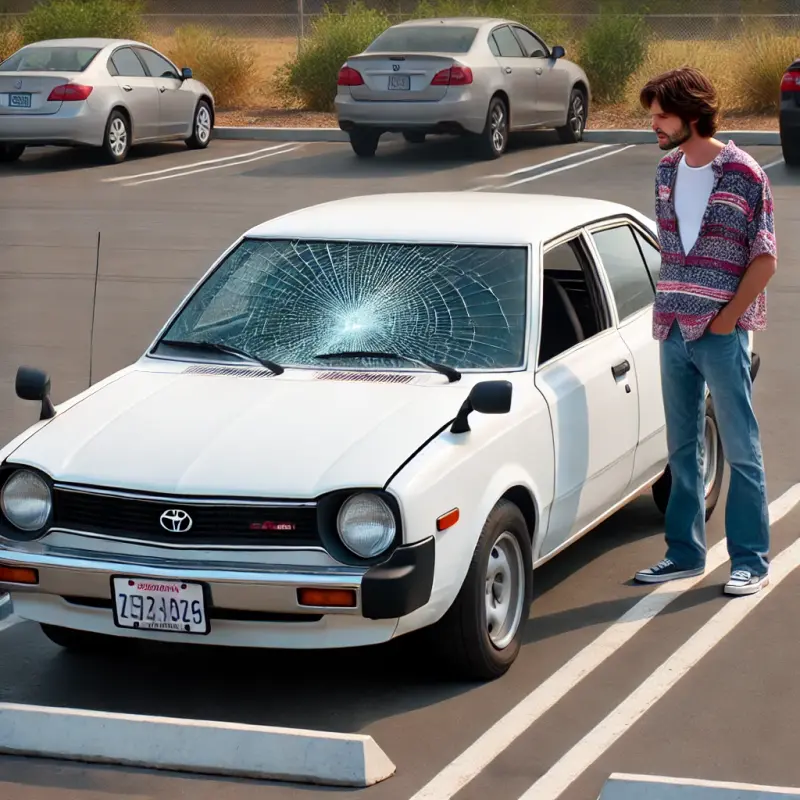Introduction
When it comes to maintaining your vehicle’s integrity and safety, auto glass care is often overlooked. Many motorists are unaware of the critical role that quality glass plays in their driving experience. Whether you’re dealing with a minor chip or contemplating a full windshield replacement, having the right tools and products can make all the difference. In this comprehensive guide, we’ll walk you through the best tools and products for DIY auto glass care—ensuring you have everything you need to tackle any job with confidence.
The Best Tools and Products for DIY Auto Glass Care
Auto glass replacement or repair doesn’t have to be a daunting task. With the right tools at your disposal, you can easily manage minor chips and scratches or even replace entire windshields. Here’s a breakdown of must-have tools and products:
1. Windshield Repair Kits
If you've got a small crack or chip in your windshield, investing in a good repair kit can save you time and money. These kits typically include:
- Resin Injector: A precision tool designed to inject resin into the damaged area. Resin: High-quality adhesive that bonds the glass together. Curing Film: Helps ensure the resin cures properly under UV light.
2. Windshield Replacement Tools
For those considering a complete windshield replacement, here are essential tools you'll need:
- Glass Cutter: A specialized tool designed to score the glass for easier breaking. Pry Bars: Used to remove old windshields without damaging surrounding surfaces. Suction Cups: Essential for handling large sheets of glass safely.
3. Cleaning Solutions
Keeping your auto glass clean is vital not just for aesthetics but also for safety:
- Glass Cleaner Spray: Look for ammonia-free cleaners that won’t damage tinting or leave streaks. Microfiber Cloths: Perfect for cleaning and drying without scratching.
4. Safety Gear
Safety should always come first when working on your car:
- Gloves: Protect your hands from sharp edges when handling broken glass. Safety Goggles: Shield your eyes from debris while working.
Understanding Auto Glass Types
1. Laminated Glass vs. Tempered Glass
It's crucial to understand the difference between laminated and tempered glass when selecting materials for repairs or replacements.
What is Laminated Glass?
Laminated glass consists of two layers bonded with a plastic interlayer, making it less likely to shatter upon impact.
What is Tempered Glass?
Tempered glass is heat-treated to increase strength but tends to shatter into small pieces rather than remaining intact upon impact.
Preparing for Your DIY Project
1. Gather Your Supplies
Before starting any project, ensure you've gathered all necessary supplies mentioned earlier—this includes tools, cleaning products, safety gear, and replacement materials if applicable.
2. Assess the Damage
Before jumping in headfirst, take a moment to assess what you're dealing with:
- Is it just a small chip? Does it require full windshield replacement?
Knowing what you're up against will dictate your approach.
Step-by-Step Guide: Repairing Chips and Cracks
Step 1: Clean the Area
Start by cleaning the damaged area thoroughly using your chosen glass cleaner and microfiber cloth. This step ensures that dust or debris doesn't interfere with the repair process.
Step 2: Apply Resin
Using your resin injector, carefully apply resin into the chip or crack until it's filled completely without overfilling.
Step 3: Cure The Resin
Place curing film over the resin and expose it to UV light as instructed by your repair kit’s guidelines.
Step 4: Final Cleanup
Once cured, scrape away excess resin using a razor blade and clean again with a microfiber cloth.
Step-by-Step Guide: Replacing Your Windshield
Replacing an entire windshield can be more complex but following these steps makes it manageable:
Step 1: Remove Old Windshield
Using pry bars, carefully detach the old windshield while ensuring surrounding areas remain undamaged.
Step 2: Prepare Frame
Clean out any old adhesive residue from around where the new windshield will sit using appropriate solvents.
Step 3: Apply New Adhesive
Follow manufacturer instructions regarding adhesive application before setting in place your new windshield carefully using suction cups.
Step 4: Secure & Clean Up
Ensure everything’s secure before cleaning up any excess adhesive around edges.
FAQs About DIY Auto Glass Care
Q1: Can I fix my own chipped windshield?

Q2: How do I know if my windshield needs replacing?
If there’s extensive cracking that obstructs vision or exceeds certain lengths (often more than six inches), it may be time for replacement.
Q3: Are DIY auto glass repairs safe?
If done correctly following proper guidelines, DIY repairs can be effectively safe; however always consider consulting professionals if unsure about steps involved.
Q4: How long does a typical auto glass repair take?
Most repairs take about 30 minutes; however allowing some time afterward before driving is advised OEM Auto Glass Greensboro so adhesives cure fully!
Q5: Is professional installation better than DIY?
While professionals bring expertise especially for larger jobs, many small tasks are entirely possible at home with patience & practice!
Q6: What tools do I need for auto glass replacement?
Essentially you'd require a cutter & suction cups alongside pry bars; plus safety gear like gloves & goggles!
Conclusion
In summary, caring for your vehicle's auto glass doesn’t have to be an overwhelming task if you're equipped with knowledge—and of course—the right tools! Whether you're tackling minor chips or facing down full-blown windshield replacements , having this information at hand will empower you to make informed decisions every step along the way! So roll up those sleeves; it's time to dive deep into the best tools and products for DIY auto glass care!